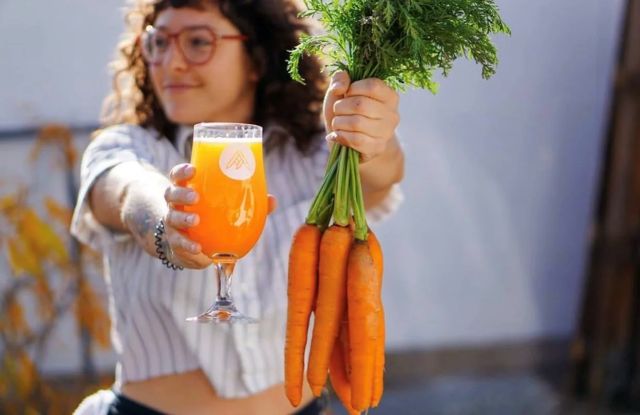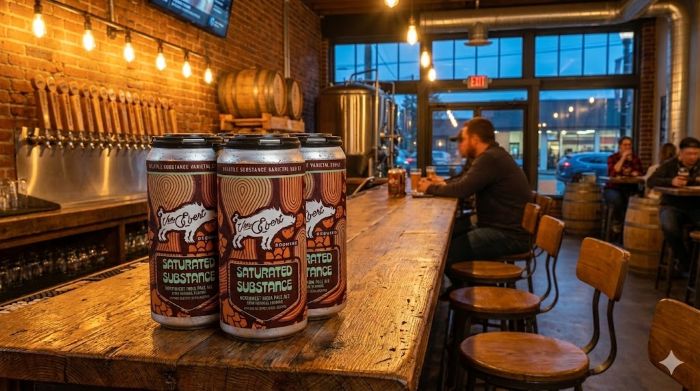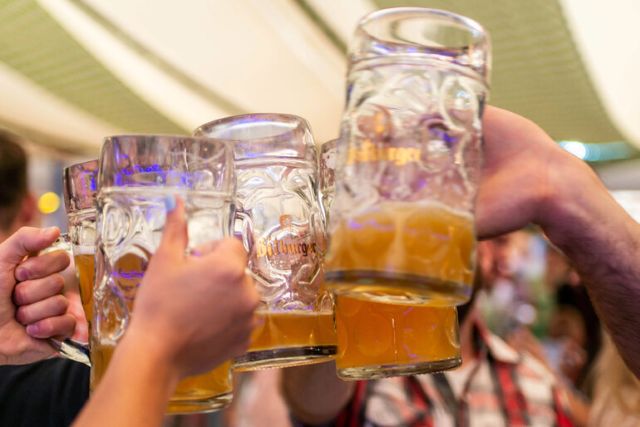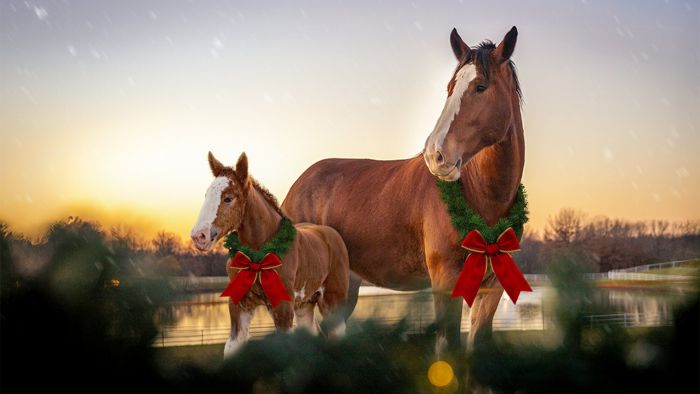The Thrill of Experimentation in Craft Brewing
The Thrill of Experimentation in Craft Brewing
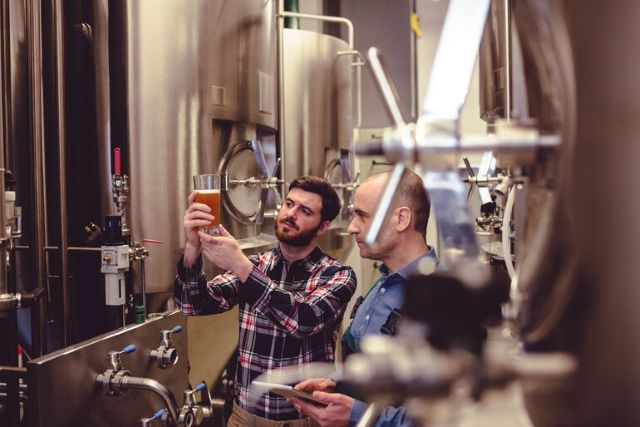
Walking into a small brewhouse on a Friday evening, the air hums with malt and hope. Steel tanks whisper, hoses loop across damp concrete, and a brewer in stained boots grins at a bubbling fermenter that resembles a lively lab jar. That lively scene captures the rush of experimentation in craft brewing, where recipes guide rather than govern. Much like gamers hunt online for hidden bonuses at Lucky Legends Casino, beer fans crowd taprooms seeking a surprise pour that few have tasted. Each odd hop, wild yeast, or fruit twist becomes a bet that the next sip will stick in memory. Craft beer thrives on that playful wager, inviting drinkers down flavor paths giant factories rarely chart. Understanding why makers chase the unknown helps explain the spark felt inside those glowing points. Curiosity fills the room, and every glass hints at a new direction.
What Makes Craft Brewing a Playground for Creativity
Creativity grows when rules bend, and craft brewing lives by that idea. Unlike mass producers bound by rigid quotas, independent shops can test tiny runs without risking the house. Five or ten gallons of trial stout may be dumped if it misses, yet the gained lesson carries real value. Ingredients swap easily at that scale. Brewers can trade yellow corn for purple maize, or replace a familiar American hop with cones raised on a backyard trellis. Because equipment is modular, a conical fermenter can host a tart beer one week and a smoky porter the next after careful cleaning. The direct loop between maker and guest pushes bolder moves. A bartender can pour a fresh idea on Thursday, hear comments on Friday, and tweak the bill for a Saturday brew. In that fast loop, invention is not a side task. It becomes the engine that keeps the kettles warm and the taps alive.
Sourcing Unusual Ingredients
Sourcing unusual ingredients often feels like a treasure hunt with friendly guides. Many small breweries begin at the farmers market, chatting with growers about fruit that never reaches shiny store bins. Misshapen yet sweet berries, extra peaches, or tender spruce tips gathered after a windy storm can add layers to a beer. For spices, teams may partner with tiny import shops that carry single-origin cinnamon and heirloom cacao nibs. Because orders stay modest, suppliers share test samples, letting makers smell and taste before buying a full bag. Water, the base of every pint, turns into a field for new ideas. Some shops condition their water with regional sea salt to echo coastal notes, while others filter rain gathered from the roof. When rare items arrive, brewers log sources, harvest dates, and tasting notes in sturdy notebooks. Each page joins a living library, ready to spark the next boundary push.
Pushing the Boundaries of Traditional Styles
Pilsner, stout, and saison bear lengthy traditions, although new producers gaily disregard those lines. At DUC, a white swan is infused with coffee beans and cacao shells, creating chocolate flavors in a pale body. The hazy IPAs load the wheat and oats until the beer appears to be orange juice with the hop aroma still convulsive. Even larger, often viewed as clean and simple, it now serves as a canvas for chile peppers, honey, and smoked malt. Style guides printed by beer groups act as road maps, not cages. Judges at local contests include experimental classes because they know invention refuses to sit still. New tools also push this charge. Lab gear once reserved for giant plants now comes in counter-sized units, letting small teams measure pH, cell counts, and dissolved oxygen with care. Numbers give makers the confidence to wander from tradition while holding each batch steady, safe, and tasty.
Collaboration Brews: When Minds Mesh
Collaboration brews sit at the heart of many celebrated experiments and bright releases. When two or more brewhouses share a mash tun, ideas pop like kernels in a hot pan. One crew may bring deep skill with wild yeast, while another supplies a rare hop secured during a New Zealand harvest. Together, they write a recipe neither could achieve alone, folding strengths into one kettle. These collaboration brews also fairly spread risk. If a strange element overwhelms the palate, both shops absorb only half the setback, and the lesson is shared. For guests, the appeal is clear. A short run appears for a brief window, blending the voices of beloved brands into one label. Social posts amplify the moment, showing teams swapping shirts and stickers. Homebrewers join through community brew days, standing shoulder to shoulder with pros. Working as partners fuels invention, builds friendship, and enlarges the shared toolbox across town lines.
Embracing Failure and Learning Forward
Not every gamble pays off, and that honesty keeps craft brewing grounded. Small tanks sometimes breathe sulfur, vinegar, or notes that remind tasters of a warm barn. Rather than hide these flaws, many makers host public dump days where a flawed batch is poured down the drain with a grin and a wince. The ritual teaches guests that growth rests on trial and error more than luck. Careful logging turns failure into a patient tutor. Temperatures, pH swings, and timing are recorded so patterns appear. A sour porter might show that citrus peel went in before the boil rather than after. On the next try, the schedule shifts and the beer changes shape. That steady mindset mirrors science more than factory work. By viewing each batch as a clear hypothesis, brewers reduce the fear of falling short. The reward is a tap list that changes week by week, powered by calm curiosity.
From Experiment to Glass: Tips for Curious Drinkers
For fans eager to taste the frontier of beer, a bit of planning helps. First, follow nearby breweries on social pages and sign up for email notes. Small batch releases often sell out within hours, and early notice secures a spot in line. Next, order flights instead of full pints during the first passes. Sampling four or five trials side by side lets the palate compare fine details of beer taste without fatigue or excess alcohol. Then, take notes.
Writing down flavors, smells, and mouthfeel trains the senses and offers helpful feedback when makers ask for thoughts. Stay open-minded as new ideas appear. A stout brewed with maple syrup and hot peppers may sound odd yet deliver balanced warmth and soft sweetness. If a beer misses the mark, offer calm and respectful comments. Plain guidance feeds the next round of ideas. By taking part in the process, each visit becomes a small collaboration, and the shared reward grows brighter with every pour.

